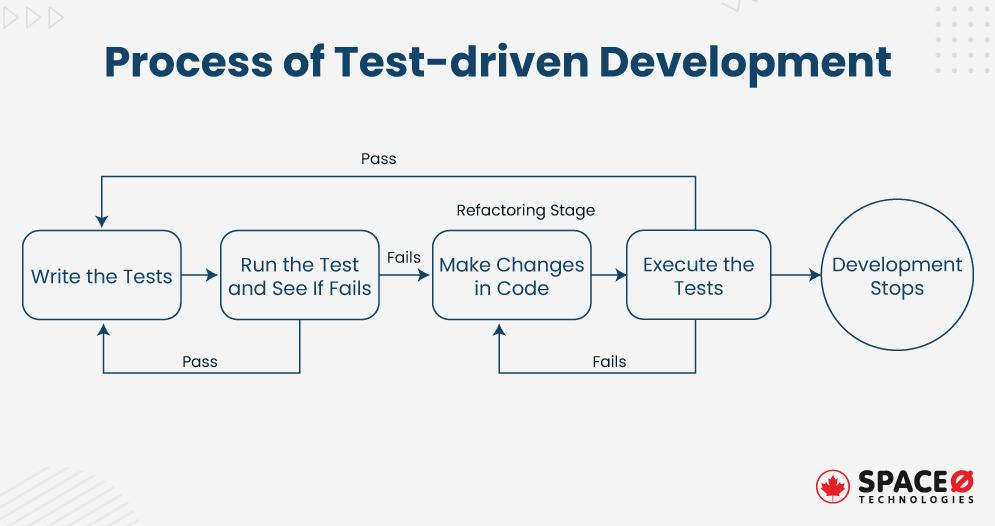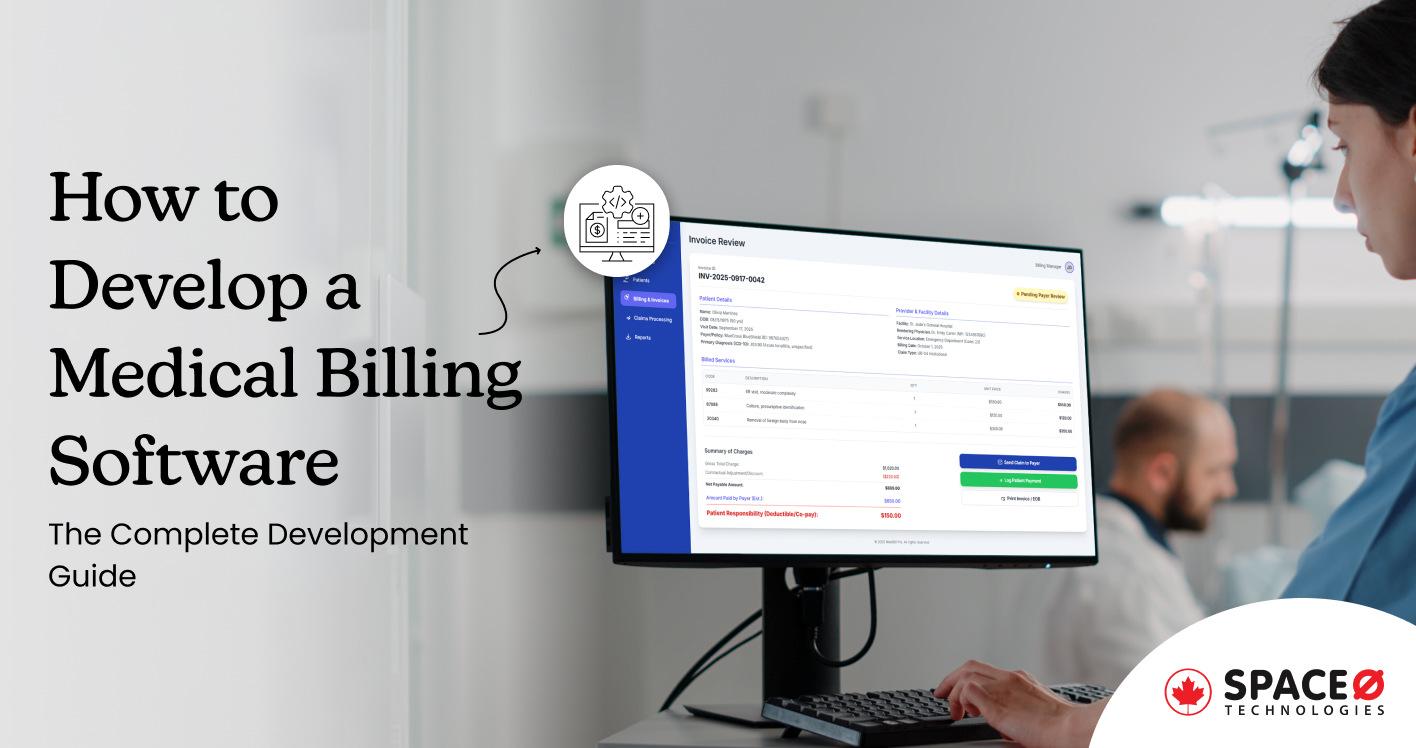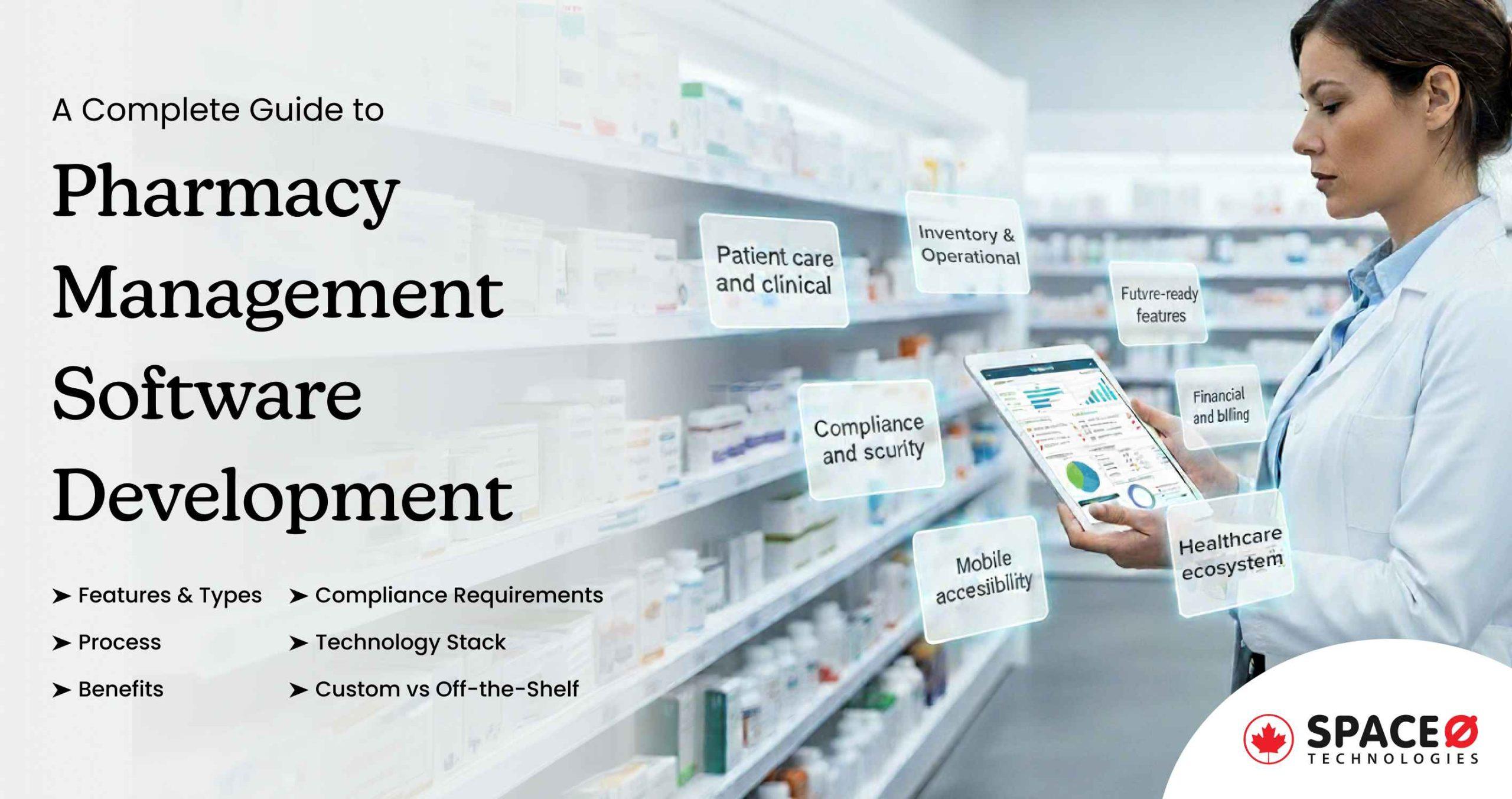
What is Test-driven Development? [A Complete Guide]
If you are looking to create a software solution that has high-quality code and easily maintainable code, you need a software methodology that sync-in with your requirements.
Test-driven development approach is the one that you should use. If you highly aim for software code quality, this method works best for you.
But test-driven development is just one of the multiple strategies available for ensuring top-notch software quality. If you’re curious about other effective testing methodologies, check out our comprehensive guide on top software testing strategies.
Whether you are developing applications for your organization or clients, it is suitable for all your requirements. To help you understand in detail what test-driven development is, how it works, and its benefits, we have curated this guide with in-depth research.
In this blog, you will learn:
- Definition of test-driven development
- How test-driven approach is different from other methods
- Importance of test-driven development
- Advantages and limitations of test-driven approach
So here we go.
Table of Contents
Definition of Test-driven Development
Test-driven development TDD is a development method where unit tests are written before writing the actual code of the software applications. The test cases for each functionality are created before proceeding with the development phase. In short, test-driven development is a combination of programming, writing unit tests, and refactoring.
Every new code is passed through the relevant unit tests. If the test fails, new code is written to pass the tests. This way, developers can create error-free and simple codes from the beginning.
How is Test-driven Development Different from Other Software Development Methods?
The main difference between TDD and other software development methods is, TDD solely works on creating test cases and then moving on to development, which eventually comes within the software development life cycle, as testing is an internal part. This method helps you identify and fix the issues or code-error before it becomes a big problem.
In addition, test-driven development forces developers to write accurate, concise, and organized code for the software application. Whereas, other software development methodologies like Agile, Scrum, or Waterfall are more suitable for creating complex and dynamic requirements. Next, let’s learn about the phase of test-driven development (TDD).
Want to Develop Software Using TDD Method?
Let’s talk. Space-O has experienced software consultants who will guide you from validation to deployment.

The Complete Process of Test-driven Development
As a reliable custom software development services provider, we have experience in creating software applications through different methods.
Here is a detailed look at the test-driven development process. We have curated a five-stage process for you.

Writing Tests for a Functionality
You write unit test cases for the particular functionality or feature that you aim to implement in the software. Writing tests helps you to know what code should do and how it should work.
Run a Test and See If Fails
After writing the code, you need to perform the tests which were created by you at the first stage. If the test passes, then move on to the refactor stage. If a test fails, you need to write code again and test it until it gets correct. The failing unit test shows a red flag that helps you make the perfect decisions concerning code usage.
Make Changes in Code
In this phase of the test-driven development process, you need to write production code. You need to work on all the compilation errors owing to failing test cases.
Run the Test Again and Ensure It Passes
Once you have finished writing the code, it is time to run the tests again. In this specification technique, you should get successful test results, as the code was developed keeping in mind the bugs. But, if not, then again you need to make changes in the code that is refactoring the code.
Refactor the Code
At this point, software developers need to refactor the code. Refactoring the code becomes an opportunity to improve the overall code of your software application. This means eliminating duplication and cleaning up the code. The feedback loops from running the tests multiple times can improve the refactor stage and enhance the quality of your user interface.
Repeat the Process for Other Functionalities
Once you have refactored the code, and submitted it poses tests, you should create more production code for the different functionality. This is the usual practice to write well-defined code.
We have a complete understanding of the development process. Let us understand the top reasons why you should choose test-driven development TDD for software development.
What is the Importance of Test Driven Development?
We have identified the importance of test-driven development for your software development team. This specific technique can ensure bug-free development and accelerated deployments.
- The testing framework helps developers improve the code quality. The automated test allows the creators to follow strict development guidelines that eventually lead to straightforward and flexible codes.
- The extreme programming with the TDD approach allows you to focus on a single aspect of the software at a time. You write the unit test code before writing the actual code. This allows you to write clean code from the beginning.
- Reduce costs involved in re-deployment, extensive debugging, and high-level maintenance.
- Developers can break down huge problems into smaller ones that help them create the logic and improve the functionality.
- It offers extensive test coverage as you are testing each part of the code with the test suite.
- With unit testing integrated into your development approach, you can identify the bugs and ensure that tests pass before committing the code.
- When you wish to add new functionality to your software, the simple test process makes development efficient.
- With the TDD test approach, you can create simple and usable codes that improve the collaboration outcomes.
- In this software engineering approach, the software engineer writes extensible code, writes the test case and offers evolutionary development. Each part of their work is documented for better collaboration.
Let’s get a peek into the pros and cons of using this approach.
Advantages and Disadvantages of TDD Approach
Here is a complete list of all the advantages and limitations of using test-driven development for your software product.
| Advantages of Test-driven Development | Limitations of Test-driven Development |
|---|---|
| You test to drive the implementation of the code. This ensures you write enough code required to implement the particular feature. | You may end up writing too many tests that can hamper development. |
| This results in modular design as you work on one feature at a time. | The testing team can write large tests that can make it difficult to debug the application. |
| The different segments of the application are decoupled with a test-driven development approach. As a result, it is easier to maintain | The test drive development approach can offer a steep learning curve and is quite complex to understand. |
| As the features are tested and analyzed at the early stages, refactoring the code is easier. | The approach can be slower than the conventional development approach as you will test each unit individually. |
| You test every feature of the software product. Eventually, you find a higher test coverage with this approach. | The code requires more maintenance than the regular development approach. You need to write the test first in case the functionality or feature varies. |
| The test documentation shows how your code can be used, which helps with proper implementation. | The testing team may fail to maintain the testing suite. Eventually, it can lead to a long run time. |
| It improves developer productivity. | |
| It can make collaboration and communication between the teams efficient. | |
| This approach helps developers to write better code for software applications. |
How Does TDD Fit into Agile Development?
Agile model-driven development fits perfectly into the test-driven development TDD method. As agile methodology works on the inspect and adapt philosophy, you should implement TDD to enhance the outcomes.
When you combine TDD with Agile, you ensure continuous integration, testing and deployment. It helps to ensure that the code adapts to the requirements of a single acceptance test. If you are unaware of continuous testing, here is our post on the meaning of continuous testing. Check this post and learn from meaning to its importance in the software development and testing cycle.
The most important part of Agile methodology is transparency. Every single unit transferred through this approach is made available to all the stakeholders. With TDD, you create small and relevant tests, which in turn improves transparency. You can always mention what it takes to clear a test in your documentation for smooth collaboration and greater impact.
When you take the TDD cum Agile approach, you would be refactoring the code at every step. TDD involves extreme programming, which when combined with the Agile development framework helps streamline the different project processes. It also ensures smooth outcomes.
Want to Create a Software Solution Using Agile Method?
Talk to us. We are a leading Agile software development company, we have experienced software developers to create user-centric solutions.
How Does TDD Fit into Traditional Development?
Java developers find TDD to be the most convenient approach. In traditional testing, you will develop the whole product before preceding the testing part. However, the TDD approach introduces testing before development.
The developer isn’t very productive or efficient with traditional development; however, when you incorporate TDD in traditional development, you can break your process into smaller and more efficient sprints. You can revamp the tests before you introduce the functionality. As a result, you can ensure that the functionality added is full-proof.
When you incorporate the TDD into your traditional method, you can offer a sound architecture. You become clear about the design requirements, which in turn can improve the result.
6 Tools Used for TDD
Here is the list of all the tools that you should use for the test-driven development TDD approach.
| Sr. no | Tool Name | Tool Description | When to Use |
|---|---|---|---|
| 1. | Eggplant | The testing suite allows developers to create user-centric digital solutions. You can create automated test scripts that help determine the UX of the application. | After the code is written. |
| 2. | Parasoft | This tool automates the entire test case development process. It helps create unit, functional and API testing cases. | During the red phase. |
| 3. | QASymphony | This tool provides the development team with solutions that enable them to deliver high-quality software. It acts as a version control system and stores all the features. | When refactoring the code. |
| 4. | JUnit | This unit testing tool is typically used for Java programming. These unit tests help build the logic for the different software programs. | During the red phase of TDD. |
| 5. | JMeter | The tool is used by developers of TDD to determine the load-bearing capabilities and overall performance of the application. | During the green phase when checking the written code. |
| 6. | Mockito | This is an open-source tool devised for Java. It helps create test doubles that can reduce testing time and improve productivity. | During the actual test phase. |
7 Best Practices for Test-driven Development
If you are contemplating using a test-driven development approach to write code, here are some best practices to implement in this method.
Taking One Feature at a Time
When you write a test case, you should ensure you don’t include more than one feature at a time. For example, if you are writing just enough code for the input feature, you might want to ensure the test fails for this code only. This helps you write neat codes that are readable.
Clear Naming Convention
When you write a unit test, make sure to name it properly. The developers who collaborate with you on the code should identify the purpose of the code and what it aims to achieve. This helps with future development. It is not important for the new developers to read the existing test cases and failed results.
Test Before Code
You should write the test before you begin writing the code. You will know how to pass tests and improve the success of the tests. It will also help you write cleaner code as your testing frameworks will tell you what to expect from the code.
Create Independent Test Cases
Whether you are writing manual tests or automated cases, you should ensure each case is independent of the other. The software developer should be able to test each test case independently. This will ensure that the test fails independently of each other.
However, in some cases, you might find unit cases are interdependent. This happens when a particular feature is important to initiate the other feature. At this point, you might want to check the sequence and test them accordingly.
Write Precise Tests
Your test cases should be short and succinct. If you write lengthy test cases, you might not be able to determine the reliability of the code. The idea is to write tests that can help you get quick feedback and ensure a good understanding of the code. With this practice, you can implement the feature successfully and ensure smooth refactoring of the code.
Reduce the Coupling With Test Doubles
When you test the software in the early stages, it will save time and resources when you begin debugging the product. However, creating tests can be time-consuming. You can reduce the testing time by creating a mock replica of the tests. These doubles ensure that you test one feature at a time. At the same time, these units or features don’t interact with other parts of the system.
Refactor the Code
Successful test finds a good amount of code refactoring. You need to continuously refactor so that you can achieve the best outcomes. It helps to work on the best code outcomes too. During refactoring, the developers analyze the code and rewrite it to constantly improve it.
FAQ About Test-driven Development
Can the TDD technique be used for all types of project development?
No, TDD may not be useful for all types of project or developer needs. In some cases, you might want to adopt exploratory testing methods or behaviour testing solutions.
What are the common challenges faced with TDD?
Here are a few challenges you may face with TDD:
- As it focuses on independent units, it can hamper the overall system design and architecture.
- There are features that don’t need a test-first approach.
- The developers should know solid and unit testing.
- In case the unit tests don’t cover the relevant testing scenarios, it can lead to gaps in the documentation. This can hamper the test results.
How do you handle changes in requirements during the TDD process?
Here is how you can handle the changes in the TDD requirement:
- Document all the current requirements for the development.
- Ensure you are aware of the consequences of the changes you are planning to incorporate.
- Determine how you aim to incorporate the change.
- Create the schedule for the change process.
- Communicate with the team and incorporate the change.
How does TDD impact the timeline of a project?
While the initial phase of development is slow, the pace will pick up with test doubles and TDD tools. Eventually, you will notice a reduction in the time taken to complete the project.
Use TDD Technique to Develop Your Project Bug-Free
In this guide, you learned how test-driven development can impact the software product quality. By conducting automated tests and accepting TDD before writing the code, you can build the logic and determine the architecture for the system well. It helps reduce the errors and testing requirements for the developers in the long run.
TDD approach can suit a number of projects and can be incorporated into Agile methodology as well. At Space-O, we are adept with different software methodologies and have successfully created software applications. Check our portfolio page to learn about the applications we have developed. If you want to develop a software solution, connect with us to discuss your requirements.
Editor's Choice

Telemedicine Software Development: A Complete Guide to Building Remote Healthcare Platforms

Medical Billing Software Development: The Complete Guide for Healthcare Providers

A Complete Guide to Pharmacy Management Software Development
All our projects are secured by NDA
100% Secure. Zero Spam
*All your data will remain strictly confidential.
Trusted by


Bashar Anabtawi
Canada
“I was mostly happy with the high level of experience and professionalism of the various teams that worked on my project. Not only they clearly understood my exact technical requirements but even suggested better ways in doing them. The Communication tools that were used were excellent and easy. And finally and most importantly, the interaction, follow up and support from the top management was great. Space-O not delivered a high quality product but exceeded my expectations! I would definitely hire them again for future jobs!”

Canada Office
2 County Court Blvd., Suite 400,
Brampton, Ontario L6W 3W8
Phone: +1 (437) 488-7337
Email: sales@spaceo.ca

